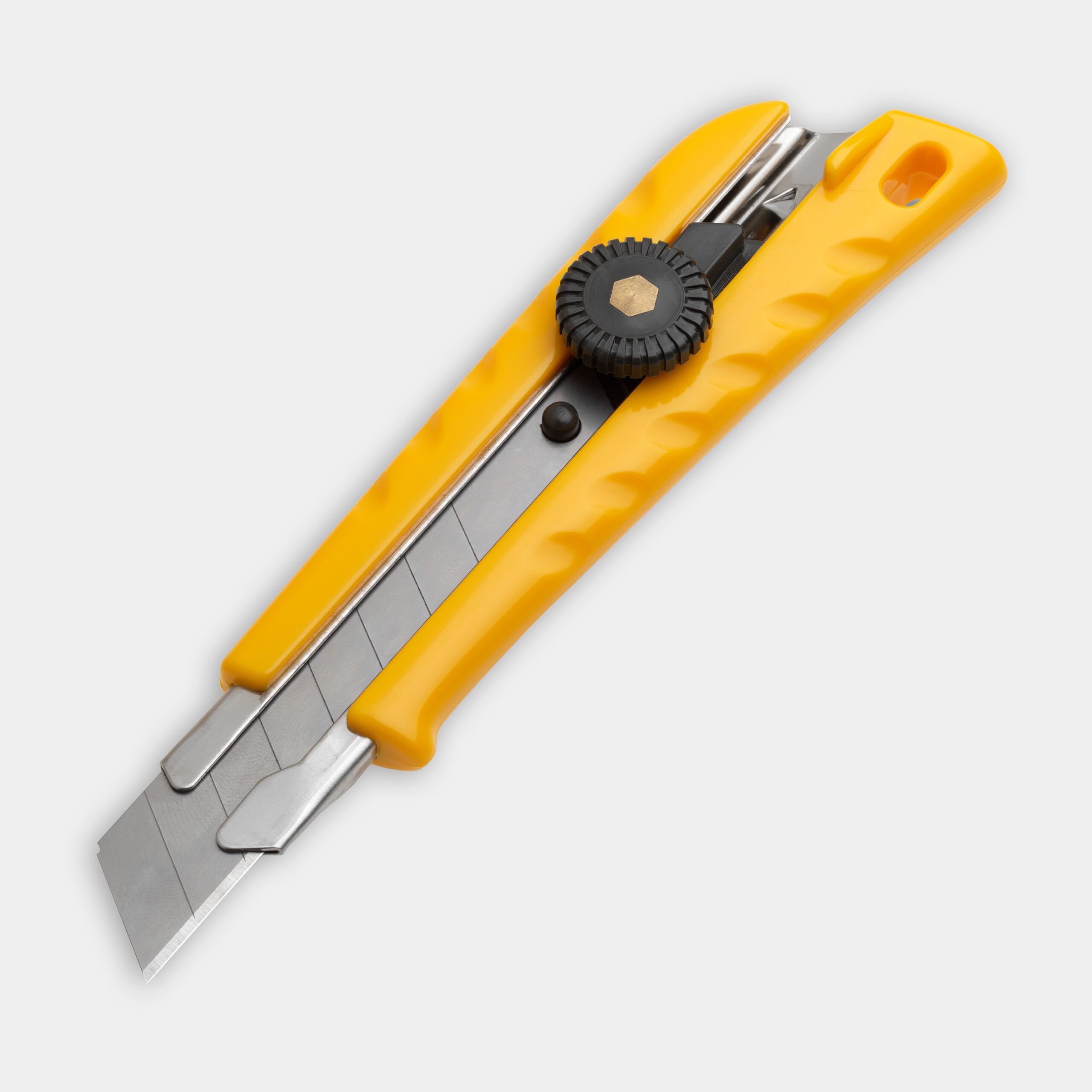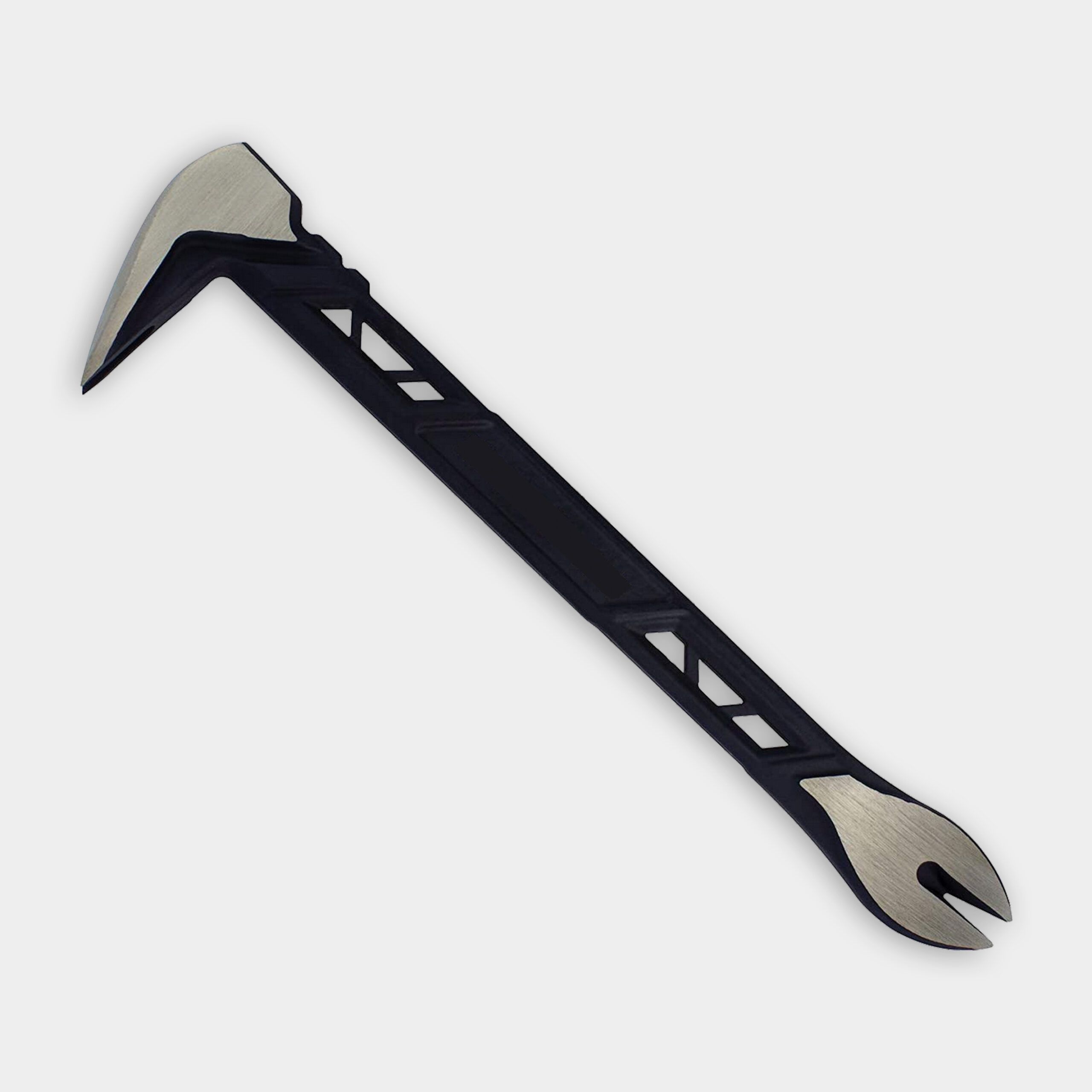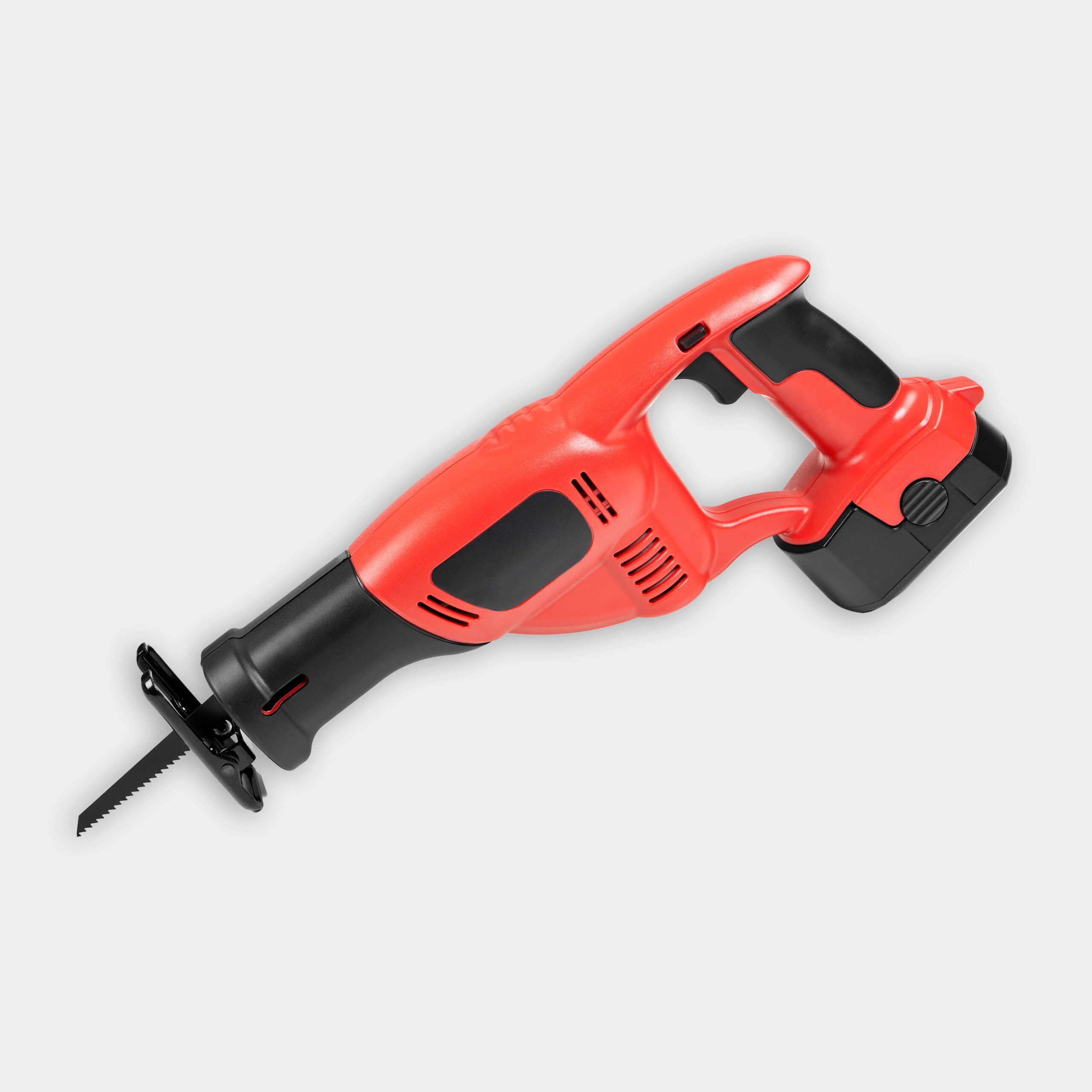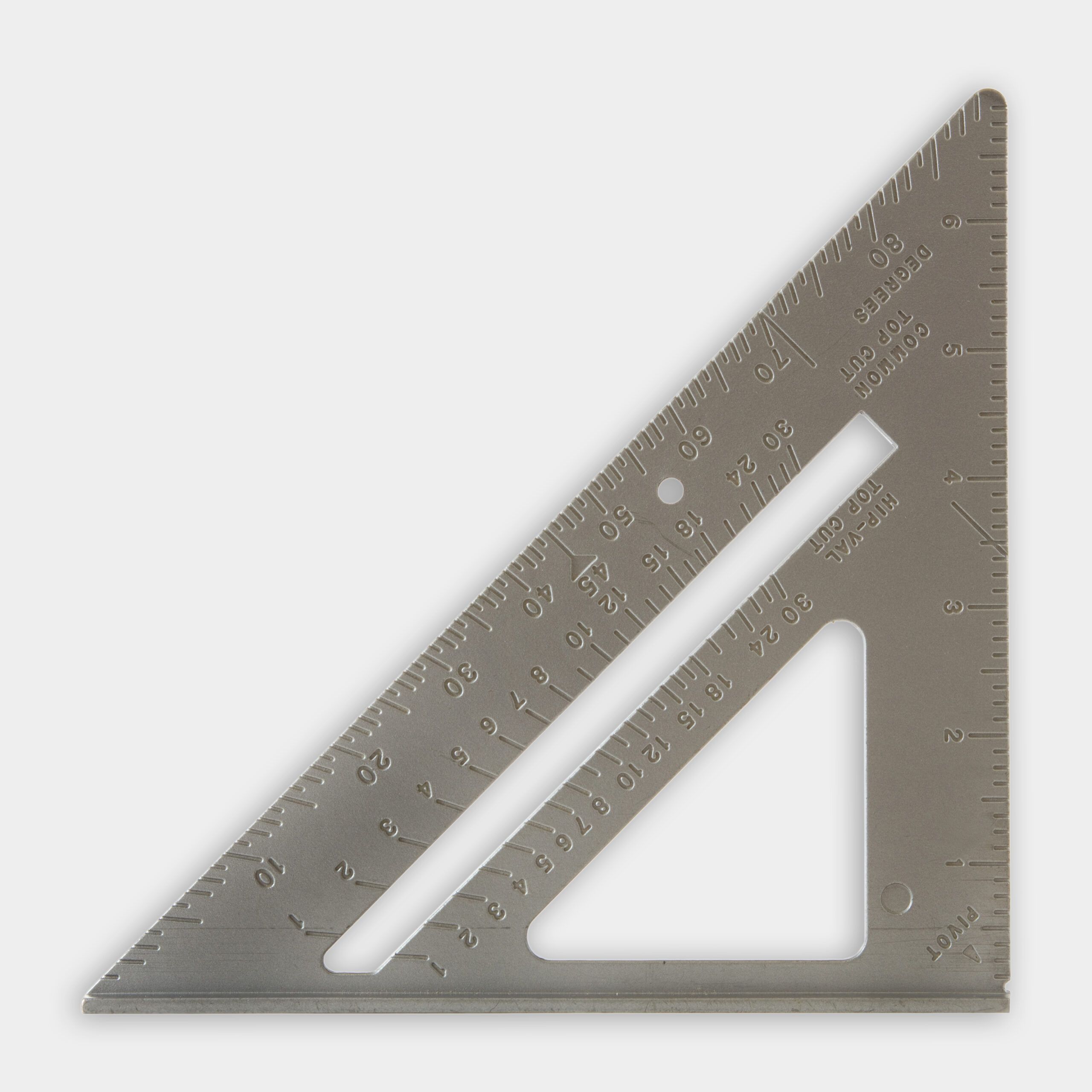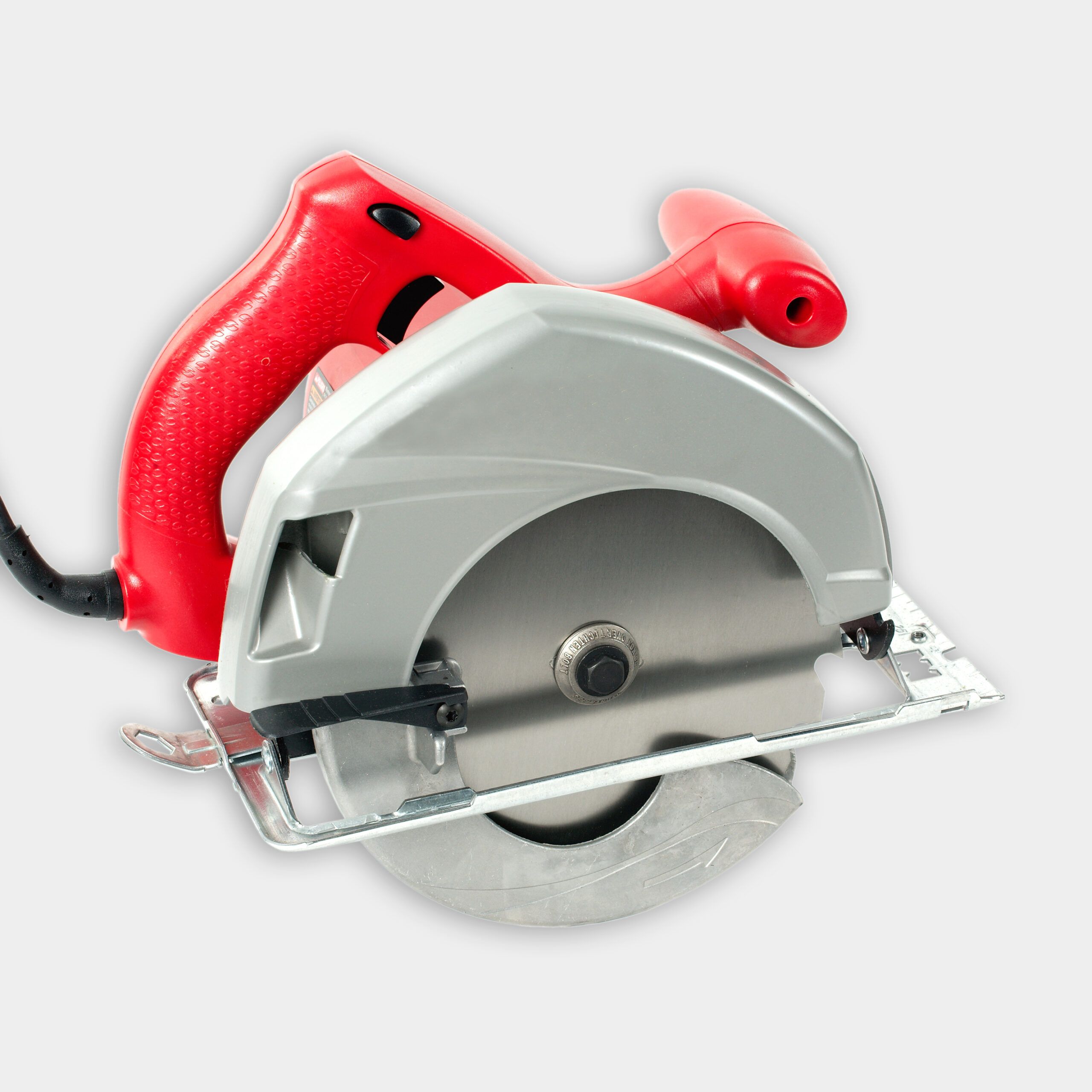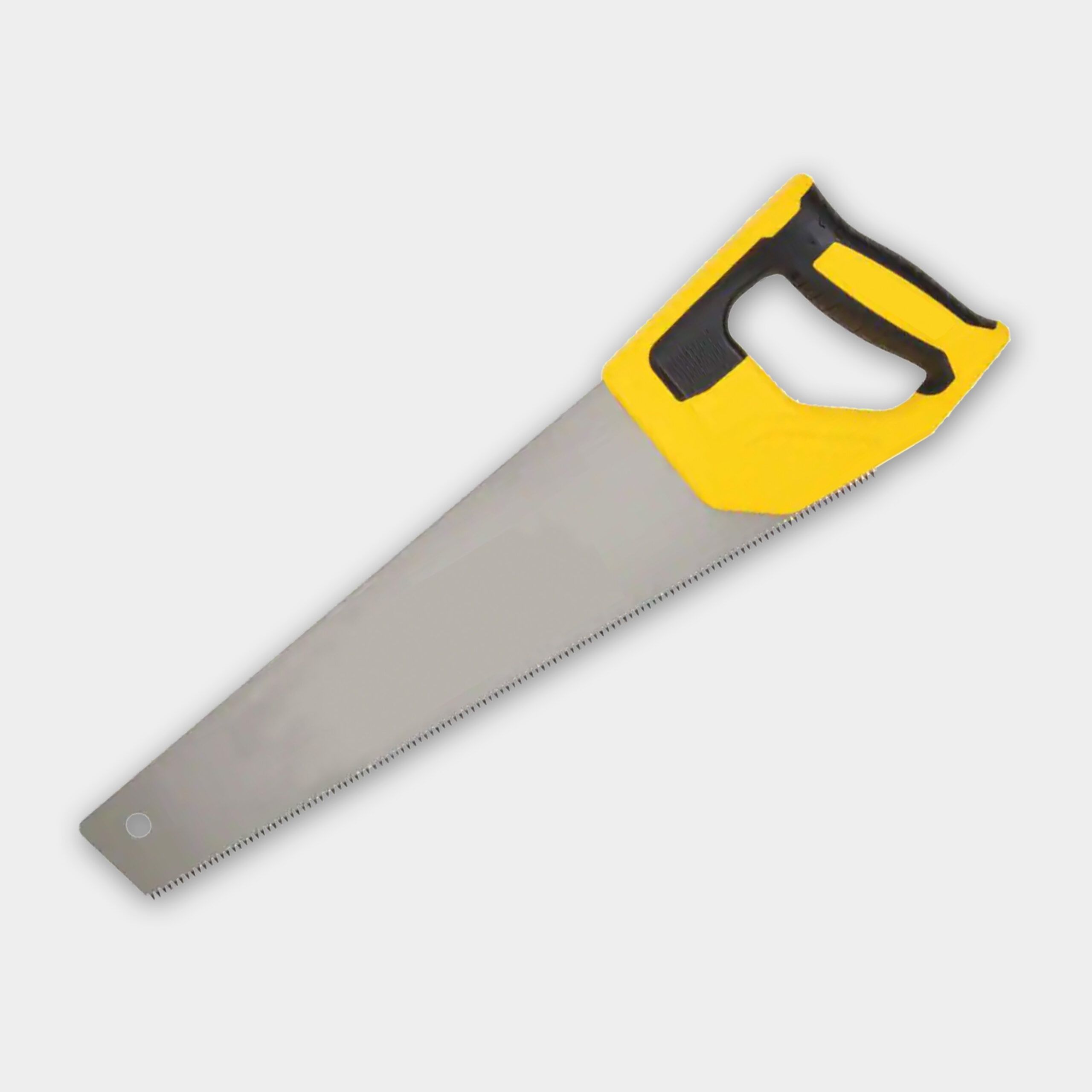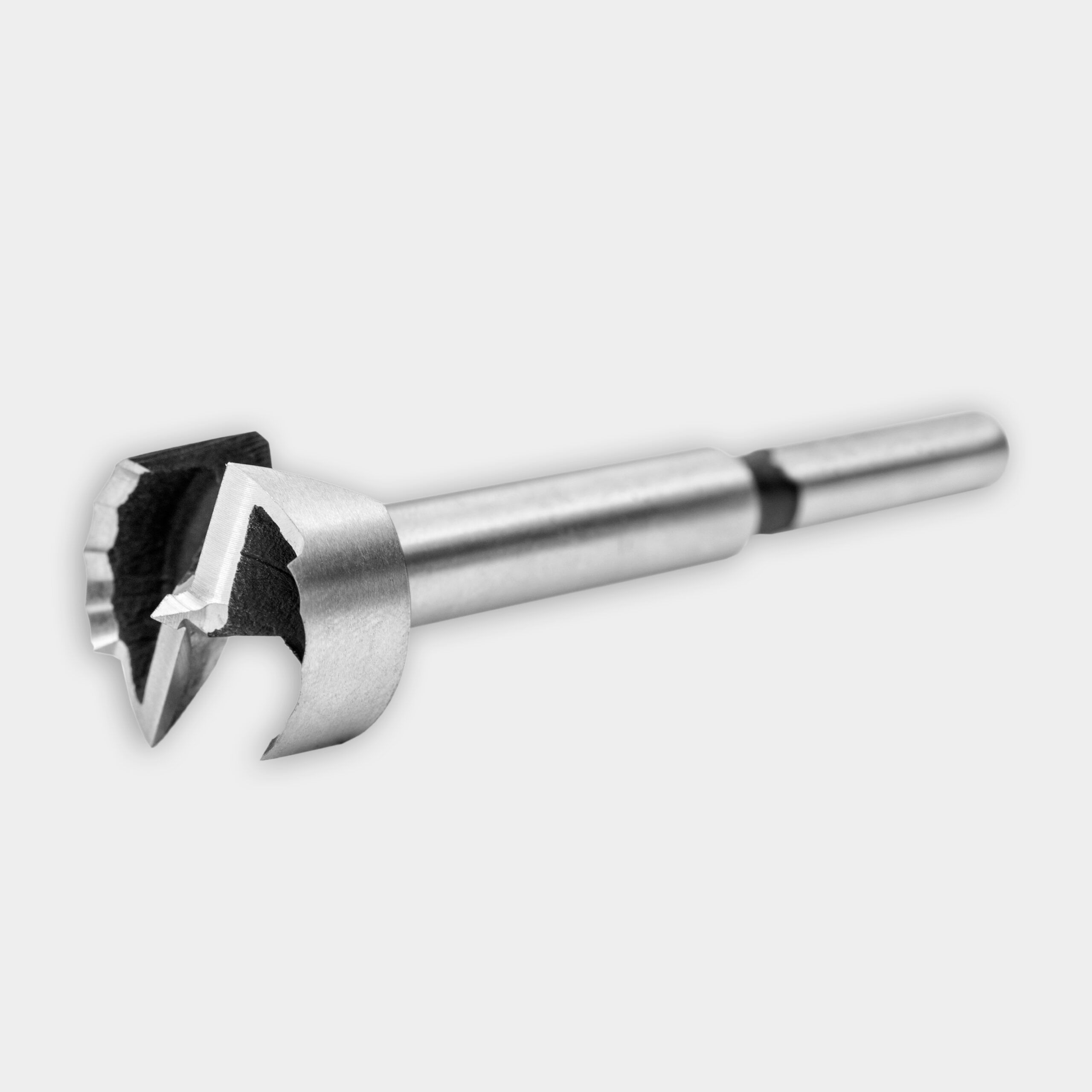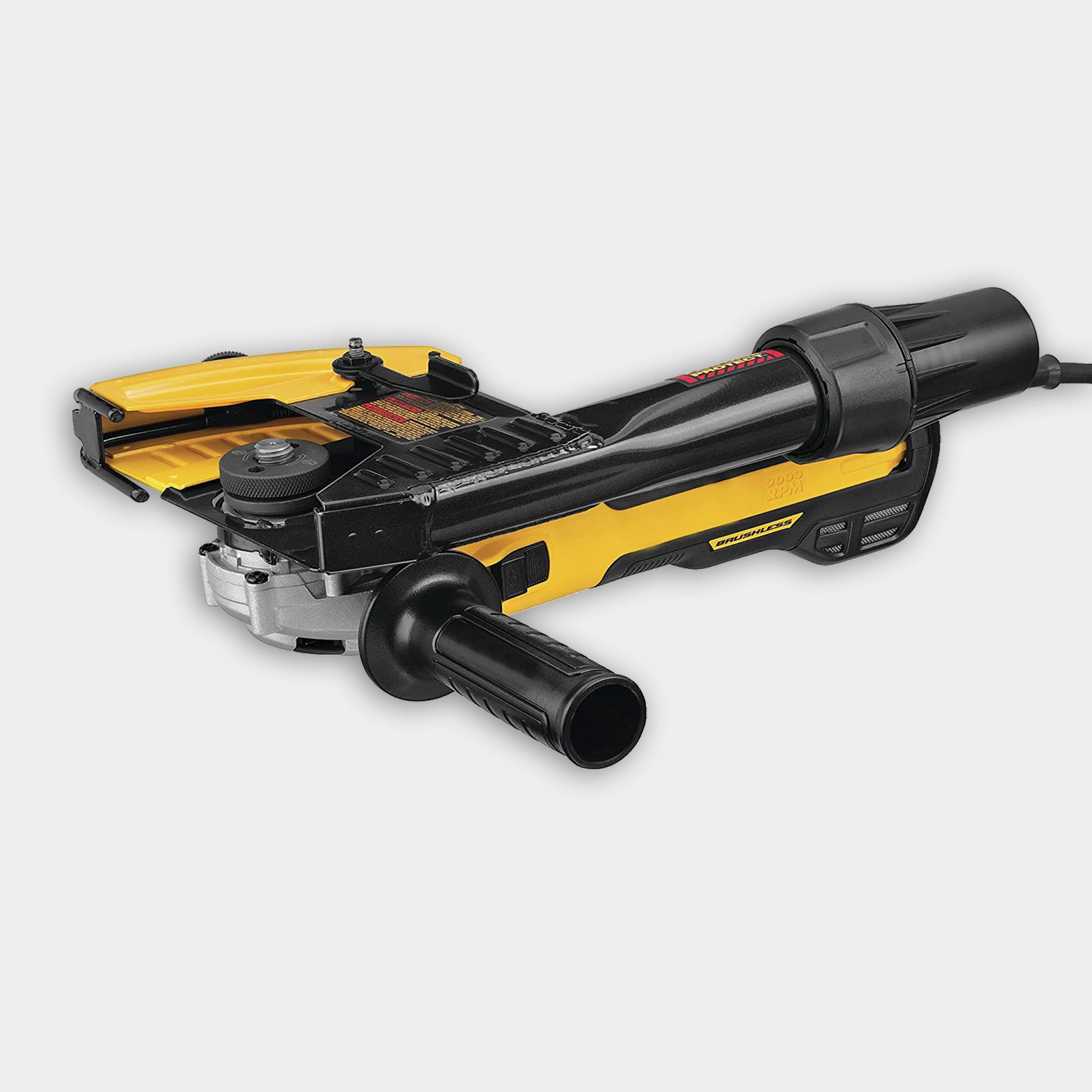When a homeowner’s wooden gutters started leaking, all the contractors in her area told her it was time to switch to aluminum. But her late husband loved their home’s period-correct style, so she didn’t want to go against his wishes. She called the team at Ask This Old House for help, and general contractor Tom Silva and carpenter Nathan Gilbert (with the help of his father, Bill Gilbert) knew how to handle it.
Steps for Repairing Wooden Gutters
- Set up scaffolding in front of the gutter system to allow for working safely and a comfortable height. Be sure to wear proper fall protection like full-body harnesses and tethers.
- Inspect the existing gutter system to assess damage and familiarize yourself with the design. Wooden gutters were often unique to the homes they were designed for, so it’s best to understand how they’re assembled before dismantling them.
- Use a scrap piece of paper or cardboard to trace the profiles on the ends of the existing wooden gutters. Bend the paper to the shape of the gutter and then trace along the edges with a pencil. Use a knife to cut the paper to shape. Repeat on the other corner.
- Dismantle the existing gutter system carefully. This includes removing the gutters and typically the fascia board, as well, exposing the rafter tails. It also involves finding the large, heavy-duty nails that hold the gutter in place and removing them with the nail puller, and cutting large sections into smaller sections with the reciprocating saw.
- Inspect the existing rafter tails. If they’re rotten, reinforce them by sistering new rafter tails to their ends. Start by finding the pitch of the roof and then transferring the pitch to the rafter stock. Mark several blocks with the speed square and cut them with the circular saw. Each block should be around 6 to 7 inches long. Attach them with exterior-grade construction screws.
- Measure and mark the new fascia board. Set the blade to 45 degrees and cut it to length. Prime the end of the board with spray primer. Place the fascia board in place and attach it to the rafter tails with screws.
- Mark the ends of the wood gutter using the paper template as a guide. Cut the gutter to the rough size with the hand saw before priming the front, back, and underside.
- Use the 2 ⅛-inch Forstener bit to drill a hole for the downspout. If there are existing downspouts, use them as a guide for the distances from the end. Caulk around the hole with the roofing tar and then place the gooseneck into the hole.
- Lift the gutter in place to ensure it fits. Attach it to the fascia board by driving screws through the inside of the gutter, through the fascia, and into the rafter tails underneath. If the profile at the joints needs adjusting, use the grinder with a sanding disc to fine-tune it.
- Fit lead flashing into the corners of the gutters, tapping it to shape and then nailing the flashing in place.
- Install the bed molding underneath the gutter to seal any visible gaps and provide more support for the gutter system.
- Caulk the joint between the gutter and the fascia board, and seal any gaps at the mitered joints with caulk or marine-grade epoxy.
- Apply a coat of boiled linseed oil on the inside of the gutter to protect it, and repeat each year.
Materials
You may want to rent scaffolding.
- Fall protection
- Scrap piece of paper or cardboard
- Wooden gutters
- Fascia board
- Rafter tails
- Nails
- Rafter stock
- Blocks (for sistering)
- 3 ⅛” exterior-grade construction screws
- Spray primer
- Screws
- Downspout
- Roofing tar
- Gooseneck vent
- Lead flashing
- Bed molding
- Caulk
- Marine-grade epoxy
- Boiled linseed oil

